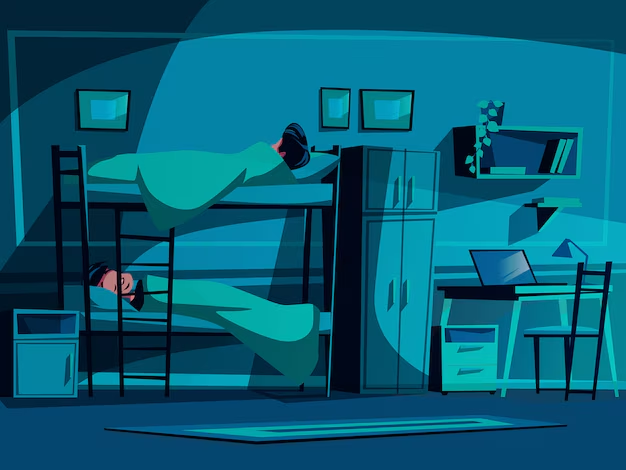Veinte años bajo la cama victor dragunski pdf

Veinte Años Bajo la Cama by Victor Dragunsky: A Literary Exploration
Victor Dragunsky, a renowned Russian author best known for his Deniska’s Stories, wrote extensively about childhood, humor, and the peculiarities of human nature. Veinte años bajo la cama (Twenty Years Under the Bed) is one of his lesser-known but compelling works, exploring themes of nostalgia, fear, and the resilience of the human spirit through a comedic yet insightful lens.
This article delves into the story’s summary, key themes, literary style, and its cultural impact, particularly in Spanish-speaking regions where Dragunsky’s work has been translated and adapted.
Summary
Veinte años bajo la cama follows the amusing yet poignant tale of a protagonist who spends two decades hiding under a bed. The narrative unfolds as a mixture of personal reflections, absurd situations, and humorous misinterpretations of the outside world. Throughout the story, Dragunsky employs irony and satire to critique societal norms, illustrating how irrational fears and misunderstandings shape human behavior.
The story begins with the protagonist, an unnamed character, taking refuge under the bed due to an incident that is gradually revealed through anecdotes and humorous exchanges. Over the years, he develops a unique perspective on life, watching the world from below while remaining physically and metaphorically detached from reality. Eventually, the protagonist must confront the outside world, leading to a climax filled with unexpected twists and lessons about courage and human connection.
Themes and Motifs
Dragunsky’s Veinte años bajo la cama is rich with themes that resonate across cultures and generations:
- Fear and Avoidance – The story metaphorically represents how people sometimes retreat from challenges, choosing isolation over confrontation.
- Childhood vs. Adulthood – The book contrasts the innocence and imaginative nature of childhood with the rigid expectations of adulthood.
- Absurdity of Human Behavior – Through exaggeration and comedic elements, Dragunsky highlights how people often behave irrationally due to societal pressures or misconceptions.
- Time and Change – The protagonist’s twenty-year isolation emphasizes how time alters perspectives and realities, often making fears seem trivial in hindsight.
Literary Style and Techniques
Dragunsky is known for his engaging storytelling, and Veinte años bajo la cama exemplifies his signature style:
- Humor and Satire: The exaggerated premise of living under a bed for twenty years serves as a satirical take on human nature.
- First-Person Narrative: The protagonist’s voice is central to the storytelling, drawing readers into his confined yet introspective world.
- Irony: The story plays with expectations, often leading to ironic and humorous resolutions.
- Conversational Tone: The language is accessible and engaging, making it an enjoyable read for a broad audience.
Cultural Impact
While Dragunsky’s works are primarily celebrated in Russia, Veinte años bajo la cama has found appreciation in Spanish-speaking literary circles. Its translation has introduced new audiences to Dragunsky’s wit and philosophical undertones. The book is often compared to works by authors like Mark Twain and Nikolai Gogol, who similarly blend humor with deep social commentary.
Conclusion
Veinte años bajo la cama is a brilliant example of Victor Dragunsky’s ability to turn the ordinary into the extraordinary. Through humor and introspection, the story invites readers to reflect on their own fears, the passage of time, and the absurdities of human existence. Whether read as a lighthearted comedy or a deeper philosophical exploration, this book remains a fascinating piece of literature worthy of discussion and appreciation.



